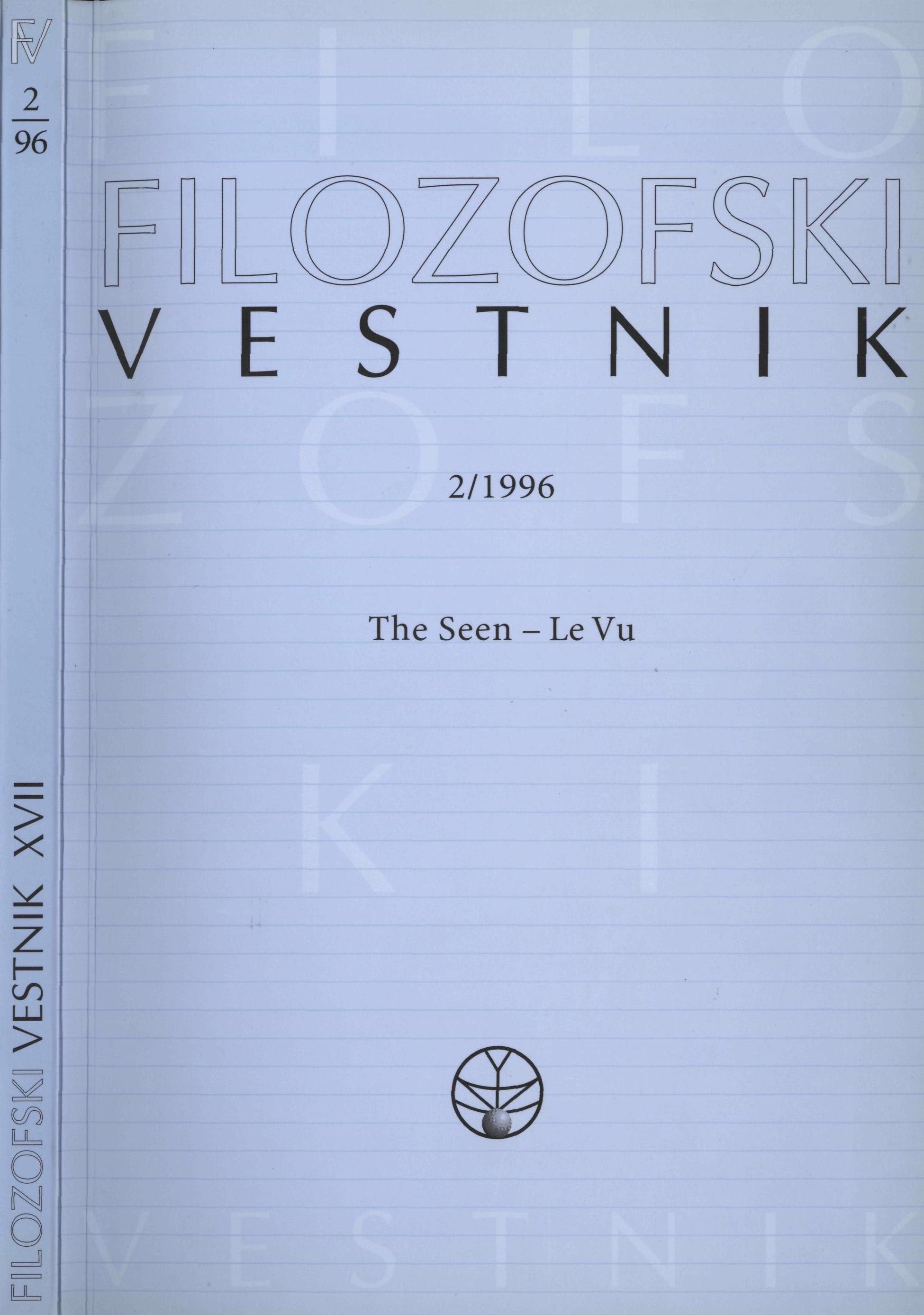Videnje, slikarstvo in umetnost
Povzetek
Avtor najprej prikaže nekaj problemov, ki so lastni kartezijaskemu perspektivalizmu ter pri tem uporablja nekatere argumente, ki jih je ponudil N. Bryson. Čeprav soglaša z Brysonovo kritiko »esencialne kopije«, vseeno trdi, da vsaj del moderne evropske umetnosti vsebuje podobne značilnosti kot so one, ki jih Bryson odkriva v klasični kitajski umetnosti. Primeri takšne umetnosti so dela Cézanna ali Rodina, pri čemer Merleau-Pontyjeva filozofija percepcije in eksistencialna fenomenologija nudita teoretsko razdelavo njenih bistvenih potez. Merleau-Pontyjeva filozofija videnega in vidnega je vseeno pomanjkljiva, saj ostaja ujetnik fenomenološkega transcendentalnega ega, ki ga preseže J. Lacan. V zaključnem delu članka avtor trdi, da bi morali, če hočemo ohraniti pojem umetnosti, pripisati večji pomen Imaginarnemu. Po njegovem mnenju bi pojem umetniškega izkustva lahko premostil zev med »epistemološko« in fenomenološko interpretacijo umetnosti.Prenosi
Podatki o prenosih še niso na voljo.
Prenosi
Objavljeno
2016-01-24
Kako citirati
Erjavec, A. (2016). Videnje, slikarstvo in umetnost. Filozofski Vestnik, 17(2). Pridobljeno od https://ojs.zrc-sazu.si/filozofski-vestnik/article/view/3949
Številka
Rubrike
Articles
Licenca
Avtorji jamčijo, da je delo njihova avtorska stvaritev, da v njem niso kršene avtorske pravice tretjih oseb ali kake druge pravice. V primeru zahtevkov tretjih oseb se avtorji zavezujejo, da bodo varovali interese založnika ter da bodo povrnili morebitno škodo.
Podrobneje v rubriki: Prispevki





